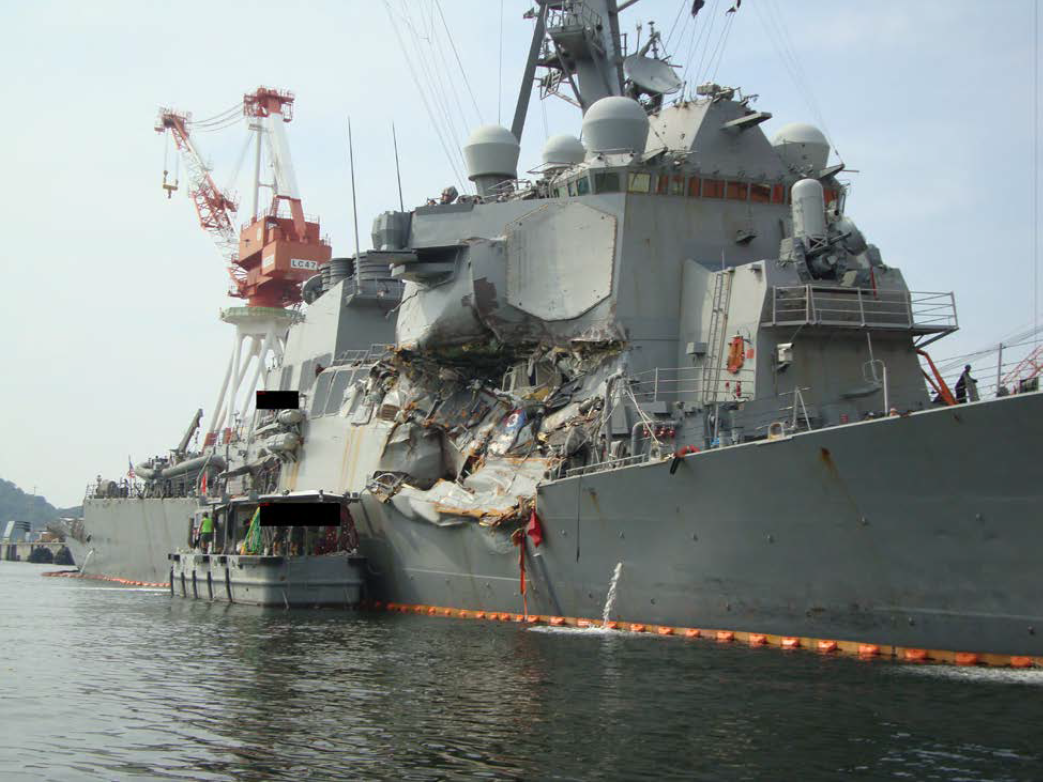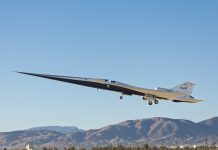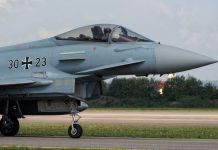On November 29, two US Navy warships, the guided-missile destroyer Momsen and the dock landing ship Harpers Ferry came dangerously close to each other in San Diego Bay.
The Navy has initiated an investigation into what prompted two military ships to nearly collide in San Diego Bay. The US Navy Officials did not specify when the event occurred on Tuesday.
However, the @SanDiegoWebCam account tweeted a video of the interaction at around 10:30 a.m. Pacific Standard Time. The caption for the video reads, “Warship Chicken in San Diego Bay.”
In the footage, Momsen and Harpers Ferry can be seen sailing directly at one another before turning to the left. The video also appears to have audio of the crew members of the ship coordinating their movements.
Warship Chicken in San Diego Bay USS Momsen (DDG-92) & USS Harpers Ferry (LSD-49) pic.twitter.com/476AajfjNE
— San Diego Web Cam (@SanDiegoWebCam) November 29, 2022
Both ships made a maneuver to safety Tuesday while transiting in opposite directions “in close vicinity,” according to Lt. Samuel Boyle, spokesperson for the US 3rd Fleet. He said that there were no injuries or ship damage.
The latest incident comes days after a San Diego-based Navy helicopter collided in mid-flight with a San Diego Gas and Electric helicopter. The accident took place around 5:50 p.m. on November 22. The MH-60R Sea Hawk was performing night training when the incident happened.
“Both aircraft landed safely, and there were no injuries to personnel,” said ENS. Bryan Blair, Assistant Public Affairs Officer for Commander, Naval Air Forces. “The incident is under investigation.”
The Navy helicopter is affiliated with Naval Air Station North Island’s Helicopter Maritime Strike Squadron 41. The Navy said HSM-41 is a training unit for Navy pilots and personnel.
Past Incidents Involving US Warships
While the recent collision between two US Navy warships was narrowly avoided, the US Navy had previously seen occurrences in which its battleships collided with other vessels.
In June and August of 2017, the guided-missile destroyers USS Fitzgerald and USS John S. McCain collided with commercial vessels. The US Navy later issued comprehensive reports on both occurrences, stating they could have been averted.
On June 17, 2017, the USS Fitzgerald, a guided-missile destroyer, collided with a cargo ship off the coast of Japan, resulting in the deaths of seven sailors on board.
In the case of USS Fitzgerald, later investigations by the Navy revealed “many errors on the side of leadership” and those tasked with keeping watch on the ship. Failures were made in the following areas: safety planning, adherence to good navigation practice, execution of fundamental watch-standing procedures, proper use of the available navigation tools, and deliberate and effective emergency response.

The US Navy said that the commanding officer made several bad judgment calls and decisions that contributed to this disaster. The investigation report also found that the lack of preparedness, weak command, and control, and flaws in training and navigational preparations left the crew unprepared for the circumstance in which they found themselves.
On the other hand, USS John S McCain collided with a merchant ship on August 21 near Singapore, killing ten sailors.
In this case, the report identified several factors as significant contributors to the collision, including a lack of situational awareness in response to operational errors on board the ship, a disregard for international maritime regulations regarding vessel maneuvering in the event of a collision, and the fact that some of the sailors lacked sufficient proficiency with the ship’s systems.
According to the investigation, the commanding officer and others on the ship’s bridge allegedly “lost situational awareness” and failed to recognize the direction and speed of the approaching tanker that the McCain crashed with after crossing in front of the tanker’s bow.

The collision left a 28-foot-diameter hole that extended above and below the water. The investigation also cited failures by the ship’s leadership to assign officers with the necessary experience to specific tasks and chastised other senior officers for missing a security briefing that afternoon.
In 2020, US and a Russian warship came dangerously close to one another in the Arabian Sea. The US Navy said the Russian warship “aggressively approached” its destroyer while conducting routine operations.
The USS Farragut sounded its horn five times before the Russian warship shifted course, avoiding the collision. The Russian Defense Ministry denied the allegations at the time, saying that the US Navy was “grossly in violation of international rules.”
- Contact the author at ashishmichel(at)gmail.com
- Follow EurAsian Times on Google News




